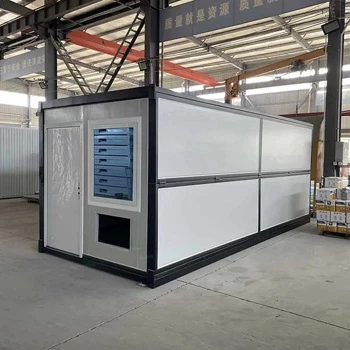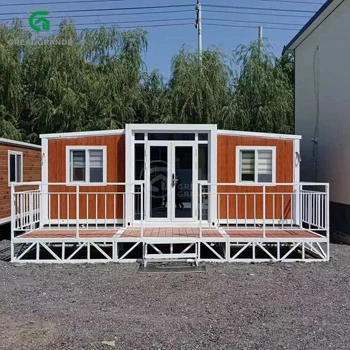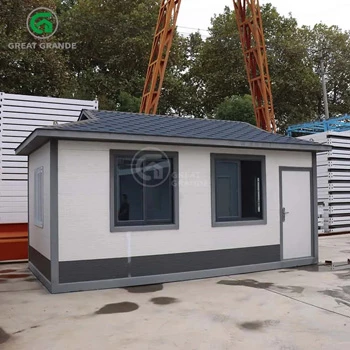Table of Contents
Shipping containers have long been used for transportation and storage, but their robust structure also makes them an excellent foundation for modern, sustainable homes. When transforming a shipping container into a livable space, several factors come into play, from the core material of the container to the interior finishes. Here’s a detailed look at the materials and features that contribute to building a high-quality container home.
Corten Steel – The Industry Standard
The foundation of any shipping container home is the steel shell, which is typically made from Corten steel, also known as “weathering steel.” This material is chosen for its unique properties, making it ideal for both transportation and residential conversions.
Why Corten Steel?
- Corrosion Resistance: Corten steel has the ability to form a protective patina when exposed to the elements. This natural rust-like layer shields the material from further corrosion, significantly enhancing its longevity, especially in harsh environments like the open sea.
- Strength and Durability: The “TEN” in Corten stands for “tensile strength,” highlighting its incredible strength. This makes it capable of withstanding the heavy loads and stacking stresses that containers face during global shipping, making it equally resilient when used as a housing structure.
- Weldability: Corten steel is easy to weld, which is crucial when customizing a container home. Whether adding windows, doors, or connecting multiple containers, this material allows for easy modifications.
While Corten steel forms the outer shell of the container, the quality of the container home also depends on the materials used inside. Below are the key components that influence the overall comfort and functionality of a container home.
Insulation: Vital for Comfort
Steel is an excellent conductor of heat, meaning it can become uncomfortably hot during the summer and freezing cold in the winter if not properly insulated. High-quality insulation is essential for maintaining a comfortable living environment.
- Closed-Cell Spray Foam: Widely regarded as the gold standard for container homes, this insulation material forms a seamless barrier, filling all the nooks and crannies of the container. It offers excellent thermal and moisture resistance, helping regulate temperature and prevent condensation inside the home.
- Rigid Foam Boards: Materials like expanded polystyrene (EPS) or polyisocyanurate (polyiso) provide excellent thermal resistance (R-values). These boards are often used in pre-made kits designed to fit the corrugated walls of containers, making them easier to install.
Flooring: Durability and Aesthetic Appeal
Shipping containers typically come with marine-grade plywood floors treated with pesticides, which may not be ideal for residential use. The flooring in a container home should be durable, safe, and stylish.
- Bamboo or Hardwood Flooring: These are great choices for container homes due to their durability and natural beauty. Bamboo is also a sustainable option, making it an environmentally friendly choice.
- Vinyl or Tile Flooring: These materials are practical for areas with high moisture, such as kitchens and bathrooms. Vinyl and tile are both water-resistant and easy to maintain, ensuring a long-lasting and hygienic surface.
Framing: Ensuring Structural Integrity
When modifying a container for windows, doors, or connecting multiple containers, it’s essential to maintain the structural strength of the original shell. This requires additional framing to reinforce the container’s stability.
- Structural Steel Frames: Whenever openings are created, new steel frames must be welded around them to ensure the overall strength of the container. This framing helps prevent any weaknesses that could compromise the structural integrity of the home.
- Wood Framing: Once insulation is in place, wood framing is commonly used for creating interior walls. This framing supports drywall or other finish materials, providing a stable base for the interior design.
Final Product: A Seamless Blend of Function and Design
The key to a high-quality container home lies in the careful selection of materials for both the shell and the interior. While Corten steel ensures a durable, weather-resistant exterior, the use of superior insulation, flooring, and framing materials ensures comfort, durability, and style on the inside.
By focusing on these essential elements—corrosion-resistant steel, high-performance insulation, durable flooring, and proper structural framing—you can create a container home that not only stands the test of time but also provides a comfortable, energy-efficient, and aesthetically pleasing living space.
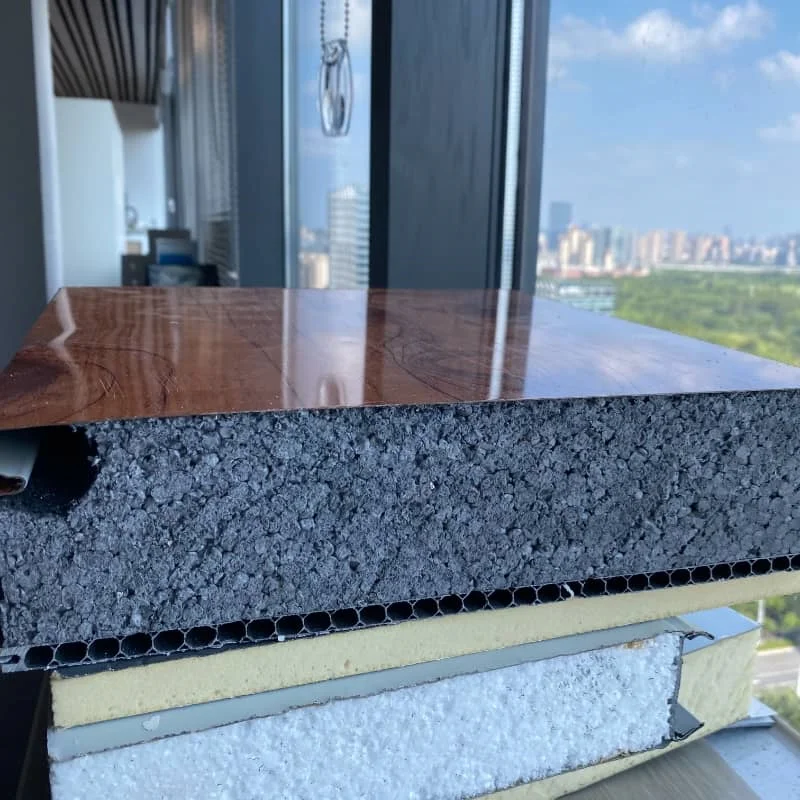
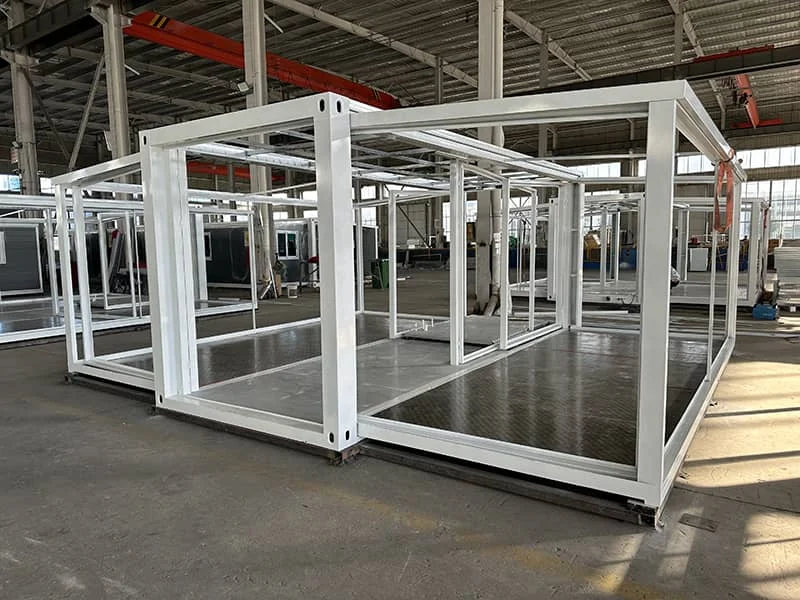
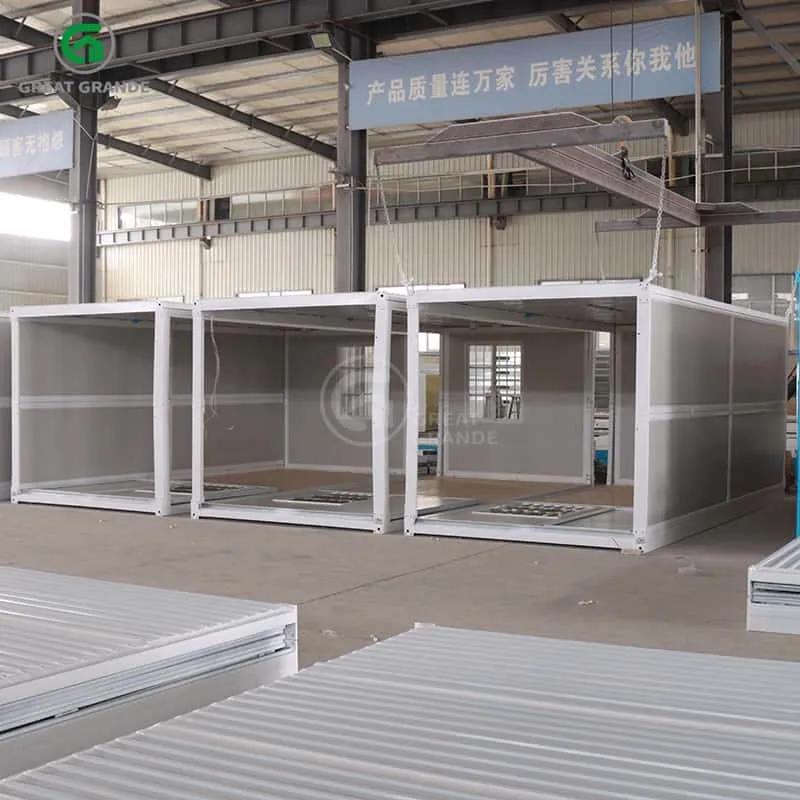
About the Author
Grande Modular Housing is a leading manufacturer of container houses in China. Our products all utilize galvanized steel frames and EPS foam insulation, ensuring a high level of waterproofing. We offer customization options, including single units, modular units, and custom sizes. We welcome you to discuss the production and marketing of container houses with us.

